Kenya -11
This was my first trip to East Africa (I´ve been to a couple of parks in South Africa) so I was thrilled to go for the game drives and also knowing we should be heading to the Seychelles directly after. I had made all the arrangements by my own to reduce the costs (you can save a lot of money). I chose a place called Sweetwaters Camp in the Ol Pejeta Conservation. It´s a 4 hour drive north and a little north west of Mount Kenya. To minimize travel I chose this alternative for 5 full days instead of driving from park to park. Of course you see less birds and even mammals but as my kids still were pretty small this was an excellent option. We had an excellent guide with lots of routine. Sweetwaters/ Ol Pejeta is a "big 5" area but we failed to see Leopard this time. Not many people were around which is worth a lot instead of being part of the caravans in the most popular parks. Here is also one of the few places where you are allowed to make night drives. It´s high standard and the food was just perfect and very good service. The tented bungalows stands just a few meters from where some of the wildlife are. Here you can see our tent as nr 2 and the only thing that separates the camp from the savanna is the small ditch and a tiny wire.
As you can see on this sign the camp is very close to the equator and if you want to have one foot on each side there is a place close by where you can do this.
Some wildlife is easily seen from the tent like this Reticulated Giraffe and this Yellow-billed Stork.
Staying at a camp like this has the advantage that you can stroll around and find many good birds just a few hundred meters from the tent. I saw many good birds inside this camp. A big surprise was this nesting Verraux ´s Eagle Owl.
Others I saw quite frequent were: Red-headed Weaver, Nubian Woodpecker (fem), Laughing Dove and Crowned Hornbill.
As mentioned before, food was excellent here and This Marabou Stork had realized the same thing as it tried to walk into the restaurant every day. My kids still talk about "Marre" who put his enormous bill in through the window. I Love nature and all its beaty but I´m not sure I can put this creature into this, just look at it!!
Other animals that tried to find food inside the camp were these two; a Bush Buck and a cute Rock Hyrax (Dassie).
Game drives is of course the most obvious thing to do when you visit the parks and game drives. Here at Ol Pejeta there is a protection program for the Lions and several of them have radio transmitters attached to them. You can even pay for a half day "Lion tracking".
If you look at this zebra you can see it has a white belly. There are some other signs but this is the most obvious one to see the quite rare and local Gravy´s Zebra.
We were very lucky to see a Cheetah hunt in full speed and later we found the family having their lunch which was a sight never to be forgotten. Below what was left later in the day.
This reserve is also well known for its Rhinos. Both species are present and the park has the biggest population of Black Rhinos in all of East Africa. Here you can see a White Rhino resting.
In this open savanna part of the reserve you will easily see both some common mammal as some common birds. Here a Yellow-throated Spurfowl, the cute Warthog (Pumba) and the powerful Waterbuck.
Also quite common in the park are Black-backed Jackal and the awesome Beisa Oryx.
This region is also a "migration area" for Elephants and we saw several families. This classic photo also includes some Ostriches, Helmeted Guineafowls as well as a Warthog.
As Shore birds are one of my absolute favorite group of birds I was happy to see these 3 among many others, Blacksmith Plover, Three-banded Plover and the stunning Black-winged Lapwing.
There are some wooden parts in the reserve in which you are allowed to walk as long as you have an armed guide with you. At this spot (first picture of me) I saw a flock of N. White-crowned Shrikes and Brown Parrot among many other birds.
There are many different types of "Glossy" Starlings in this part of Africa and you need to be careful as some juvenile birds look a little bit different from the adults. At Sweetwaters both Superb and Hildebrandt ´s starlings are present. Here you can see an adult Superb Starling and below a juvenile. Next bird is Hildebrandt ´s and the last one is the shining Greater Blue-eared Starling.
Sweetwaters is also famous for its sanctuary for Chimpanzees. These are not native in Kenya but have been saved from different parts of East Africa and are now living safely here. When looking at them it´s easy to both see and feel the resemblance to us humans. Every individual has its own typical look.
One afternoon we decided to visit a local school instead of doing the game drive. We felt that it is important to give your children other impressions than just the fantastic nature and wild life. They took care of us and the children sang for us. It was a good experience for all of us.
Our last day a Cheetah came up very close and also put itself in the grass for some rest just next to the car.
Full list of birds and mammals seen.
- Ostrich. Quite common.
- Cattle Egret. Quite common.
- Grey Heron. 4+2
- Black-headed Heron. 3
- Hammerkop. 2
- Yellw-billed Stork. +15
- Marabou Stork. +20. One individual was checking out the restaurant every day if something good was on meny.
- Sacred Ibis. A few.
- Hadada Ibis. 5
- African Spoonbill. 6-7
- Egyptian Goose. Common.
- Knob-billed Duck. 1 single bird in a pond.
- Red-billed Teal. Only one pair seen.
- Yellow-billed Duck. +10
- Black Kite. Only one bird.
- Black-shouldered Kite. 3-4
- African Fish Eagle. 1 single bird.
- Af. White-backed Vulture. 1 single bird.
- Eastern Chanting Gooshawk. 1 bird.
- Gabar Gooshawk. Just one bird.
- Shikra. The same as above.
- Af. Harrier Hawk. 2 birds.
- Tawny Eagle. +10 birds.
- Bateleur. One bird only.
- Helmeted Guinea Fowl. Very common.
- Coqui Francolin. A pair seen one morning.
- Crested Francolin. Same as above.
- Yellow-necked Spurfowl. Common.
- Grey-crowned Crane. A small family right outside our tent.
- Kori Bustard. About 6-7 birds.
- White-bellied Bustard. Aprox. 10 birds.
- Black-bellied Bustard. One pair.
- Blacksmith Plover. Quite common.
- Crowned Lapwing. Common.
- Black-winged Lapwing. 8-10 birds.
- Senegal Lapwing. I wasn´t sure I would see this species this far north but fortunately there was a group of four at one place. Resembles the Black-winged.
- Three-banded Plover. Single birds spread out. Totally about 6-7.
- Speckled Pigeon. Common.
- Ring-necked Dove. 4 of them.
- Red-eyed Dove. +10.
- Af. Mourning Dove. A few.
- Laughing Dove. 4-5
- Brown Parrot. +20
- White-bellied Go-away Bird. 3-4 of them.
- Klaa´s Cuckoo. One single bird.
- White-browed Coucal. 2 separate birds.
- Verraux´s Eagle-owl. One at nest inside the camp.
- Square-tailed Nightjar. Several heard every evening after dark.
- Little Swift. +15
- White-rumped Swift. 2 birds.
- Nyansa Swift. 5-6 birds.
- Speckled Mousebird. Quite common.
- Striped Kingfisher. 2 separate birds.
- Malachite Kingfisher. One single bird.
- Little Bee-eater. Only one single bird.
- Lilac-breasted Roller. A few throughout.
- Green Wood-hopoe. 3 birds together.
- Crowned Hornbill. 2 pairs inside the camp.
- Red-fronted Barbet. Just one single bird.
- D´Arnaud´s barbet. 3 birds in a bush.
- Lesser Honeyguide. One bird close up.
- Nubian Woodpecker. 3 birds in total.
- Cardinal Woodpecker. A pair inside the camp.
- Grey Woodpecker. One single bird.
- Rufous-naped Lark. 3 of them on the plain.
- Red-capped Lark. A few more of these.
- Red-winged Lark. One single bird with some red-capped.
- Red-rumped Swallow. A company of 5.
- Mosque Swallow. A company of 4.
- Lesser-striped Swallow. 1 single bird.
- Ethiopian Swallow. Common.
- Wire-tailed Swallow. 4 of them.
- Rock Martin. A family of 50 birds.
- Af. Pied Wagtail. Quite common.
- Grassland Pipit. Quite common on the plain.
- Plain-backed Pipit. As its relative.
- Black Cuckoo-shrike. 3 birds at the camp.
- Common Dodsons Bulbul. +10 birds.
- White-browed Robin-chat. A pair entertained at the camp.
- N. Anteater-chat. One single pair.
- Red-faced Crombec. Just one bird.
- Rattling Cisticola. A few pairs.
- Tawny-flanked Prinia. 8 in total.
- Grey-backed Camaroptera. One single bird at the camp.
- Yellow-breasted Apalis. 2-3 birds most days.
- White-eyed Slaty Flycatcher. 2 birds separate each other.
- S. Black Flycatcher. One single bird at the camp
- Af. Grey Flycatcher. A few birds spread out.
- Chin-spot Batis. 2 pairs at the camp.
- Rufous Chatterer. A family of 8-10 at the camp.
- Black-lored Babbler. + 10 birds.
- Bronze Sunbird. 1 or 2 pairs at the camp.
- Amethyst Sunbird. One pair at the camp.
- Variable Sunbird. One pair.
- Common Fiscal. Quite common.
- Slate-cloured Boubou. 2 pairs seen at separate spots.
- Brubru. 2 pairs at the camp.
- N. White-crowned Shrike. A few flocks of this elegant bird.
- Fork-tailed Drongo. Quite common.
- Pied Crow. A few seen easily.
- Af. Black-headed Oriole. 1-2 pairs at the camp.
- Yellow-billed Oxpecker. About 10 birds seen on some antelopes.
- Red-billed Oxpecker. A few more.
- Greater Blue-eared Starling. 2 pairs around the camp.
- Ruppel´s Long-tailed Starling. One pair on game drive.
- Violet-backed Starling 2-3 bird at the camp.
- Superb Starling. Common.
- Hildebrand´s Starling. One pair at the camp.
- Wattled Starling. +20 throughout.
- Rufous Sparrow. Quite common.
- Yellow-spotted Petronia. 2 single birds.
- White-browed Sparrow-weaver. Quite common.
- Grey-capped Social Weaver. A flock of 10 at game drive.
- Spectacled Weaver. Only 2 single birds.
- Baglafecht Weaver. 4 birds seen at the camp.
- Speke´s Weaver. One pair near the camp.
- Red-headed Weaver. 3-4 birds at the camp.
- Long-tailed Widowbird. One single male in breeding plumage at a game drive.
- Red-cheeked Cordonbleu. A few pairs around.
- Purple Grenadier. One bird at the camp and one at the school.
- Yellow-fronted Canary. One pair at a game drive.
- White-bellied Canary. 2 pairs.
- Yellow-rumped Seedeater. A few birds spread out.
- Streaky Seedeater. A few single birds.
Mammals at Sweewaters.
- Elephant. 20-30 animals (2 families?)
- Af. Buffalo. Common.
- White Rhino. One pair.
- Black Rhino. A few pairs seen.
- Vervet Monkey. Only 3 individuals seen.
- Baboon. Common.
- (Chimpanzee). About 20 individuals inside its own conservancy.
- Warthog. Common.
- Reticulated Giraffe. Common.
- Lion. 1 female with radio transmitter, 1 female with 2 cubs and 2 single males.
- Cheetah. One hunting mother in full speed, later with its 2 cubs feeding. One single very close and one individual during night drive.
- Af. Civet. One at a distance during night drive.
- Spotted Hyena. A pair close to “home”.
- Silver-backed Jackal. About 10 animals seen.
- White-tailed Mongoose. 4 individuals near the camp.
- Zebra. Common.
- Grevy´s Zebra. 4 individuals.
- Eland. 2-3 individuals.
- Bushbuck. Only one male seen.
- Grant´s Gazelle. Not common, only 5-6 seen.
- Thomson´s Gazelle. Common.
- Impala. Common.
- Waterbuck. Quite common.
- Oryx. About 10 animals of this stunner.
- Jackson´s Hartbeest. 8-10 individuals.
- Tree Hyrax. One individual on the roof to the restaurant.
- Hare. Quite common.

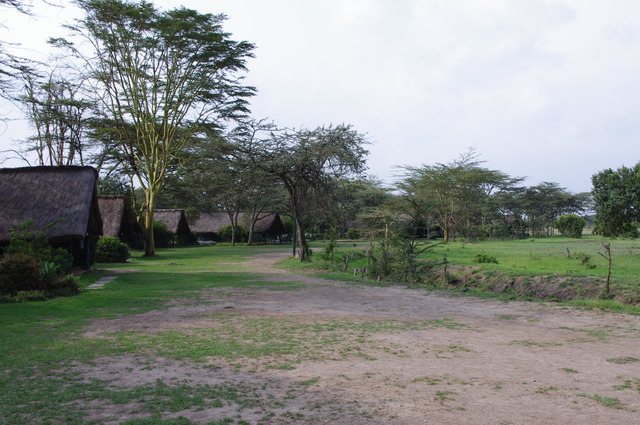
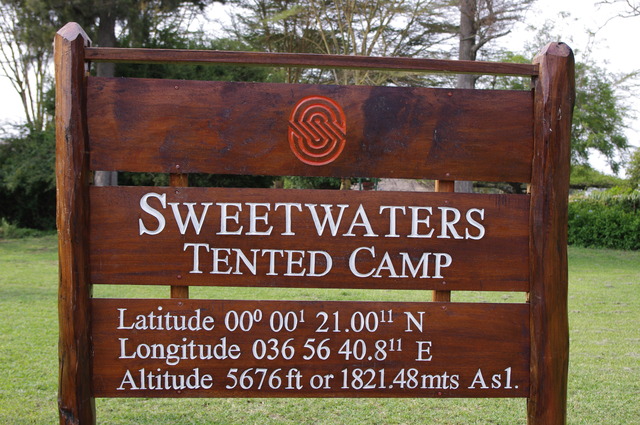
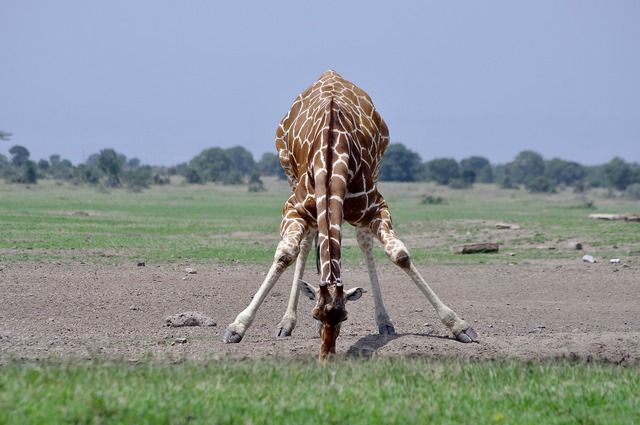
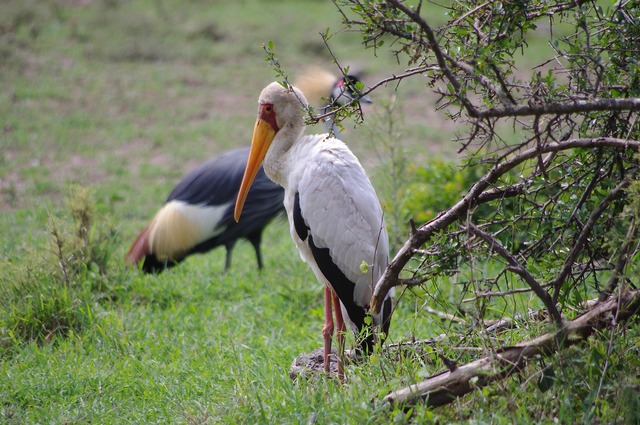
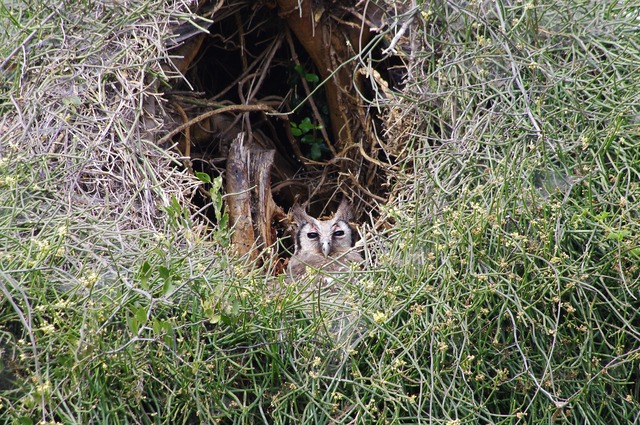
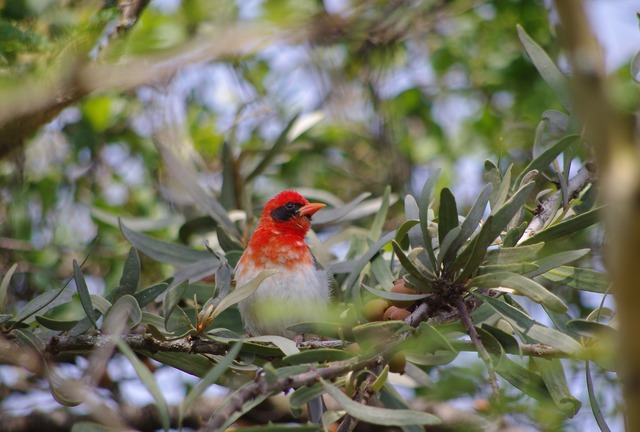
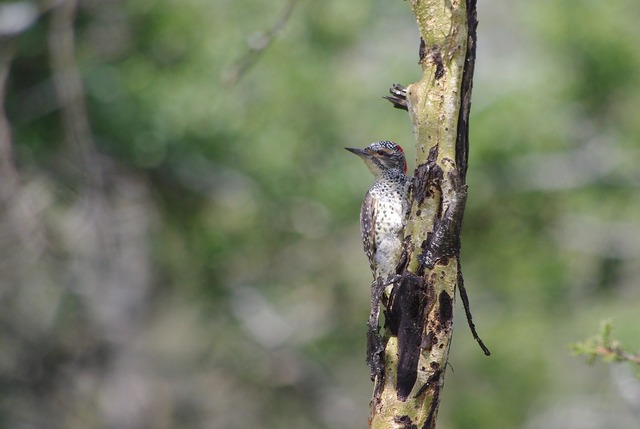
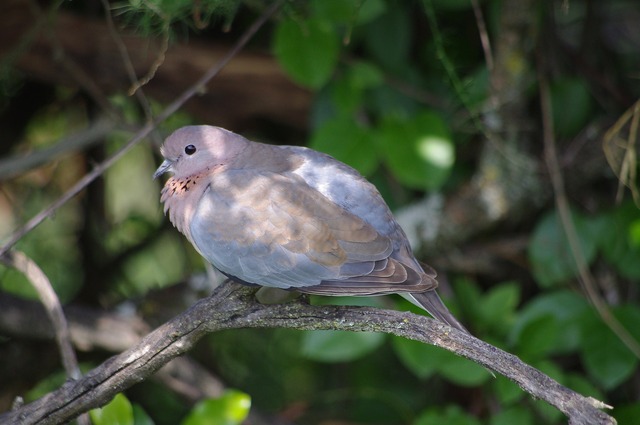
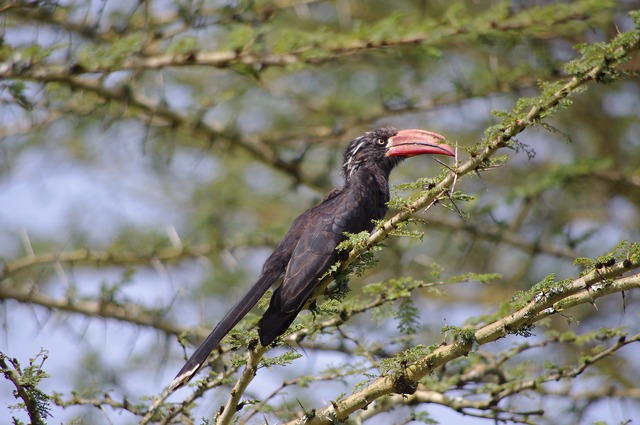
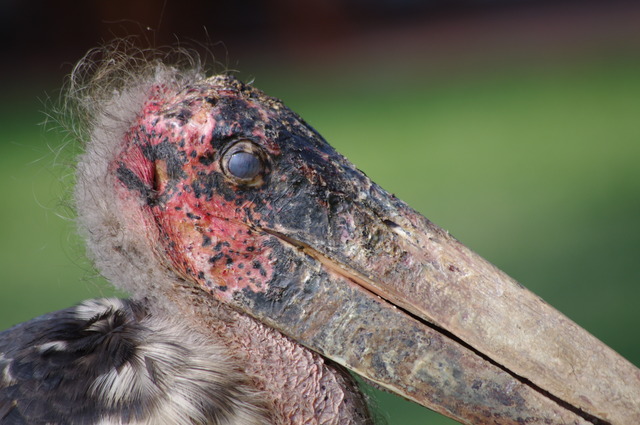
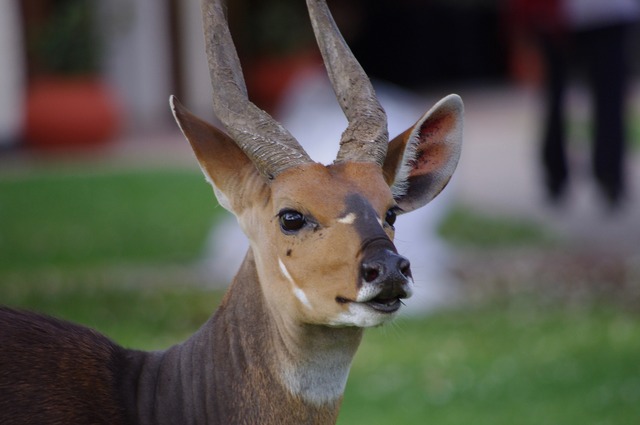
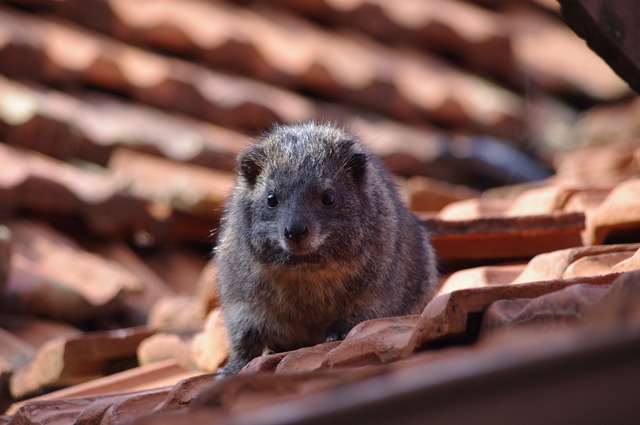
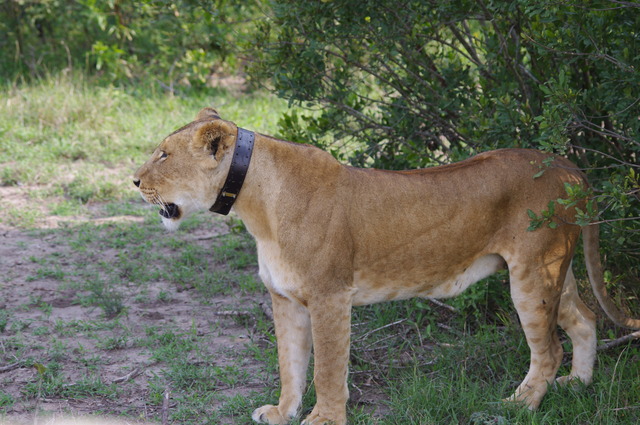
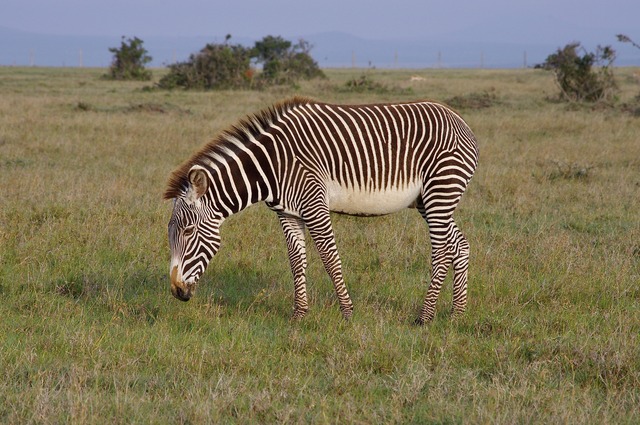
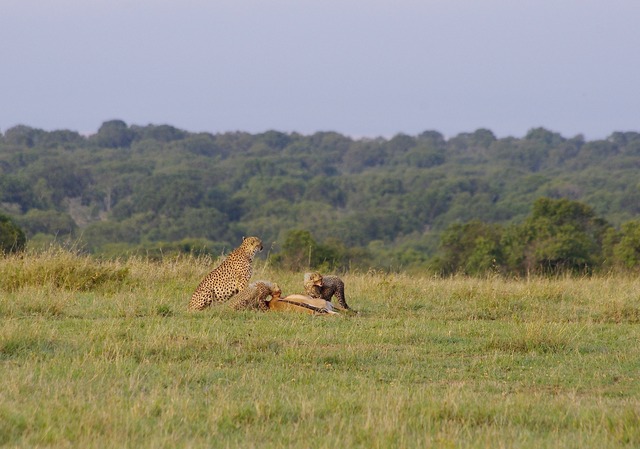
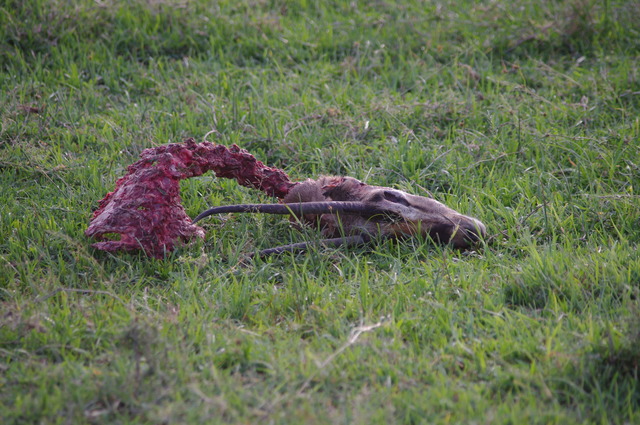

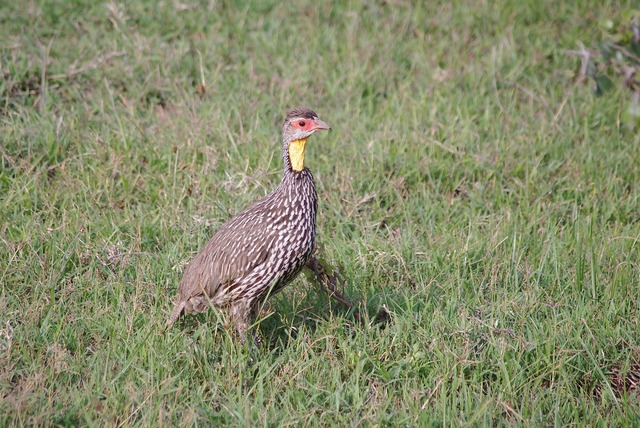
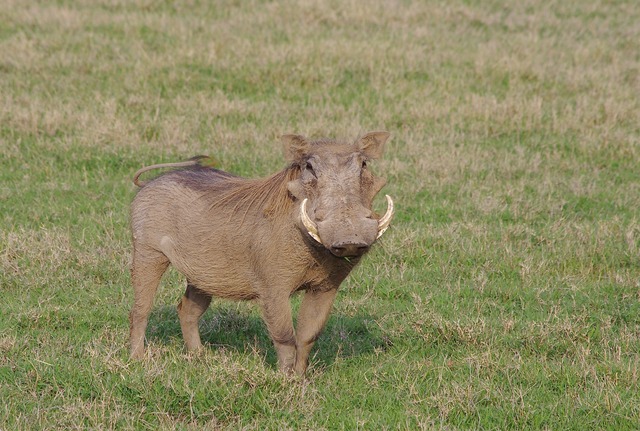
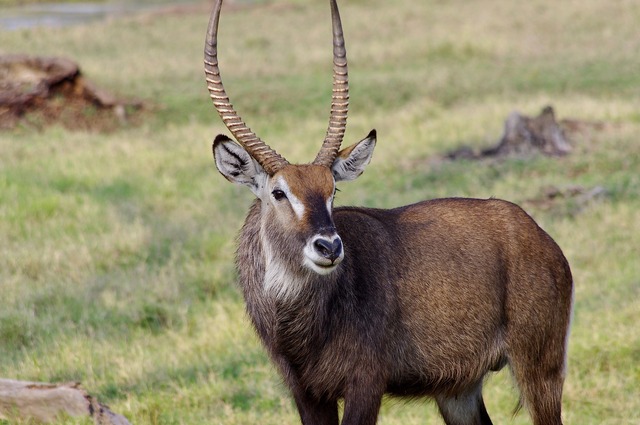
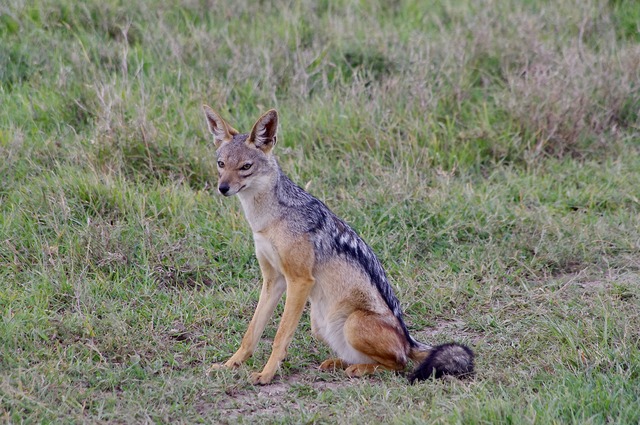
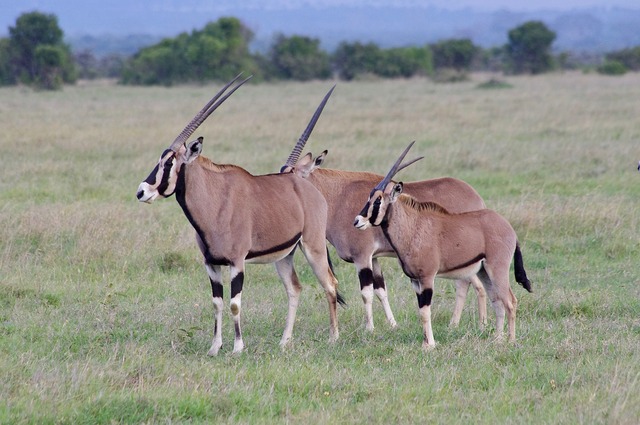
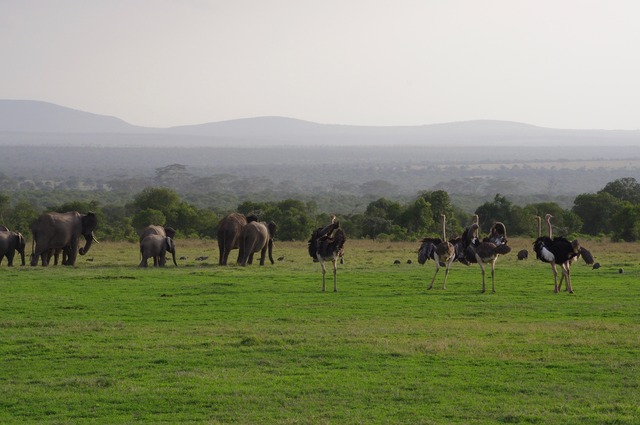
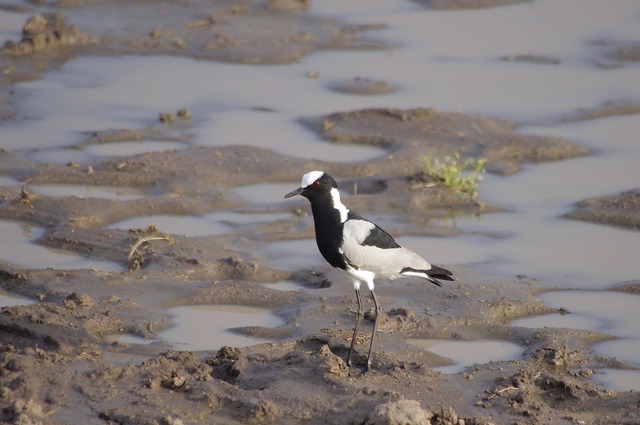
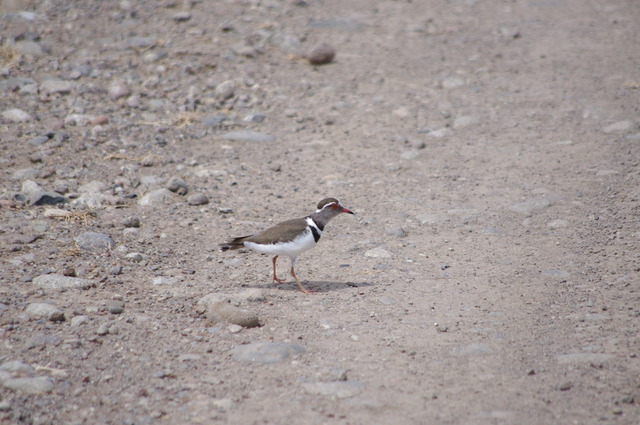

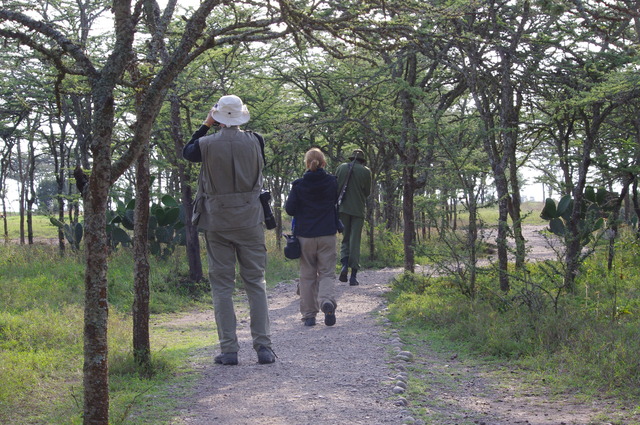
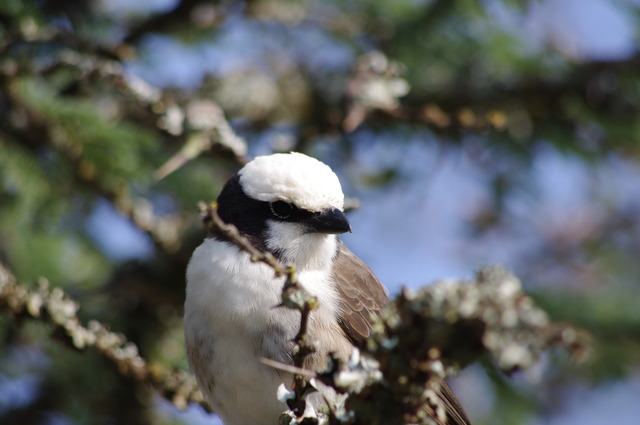
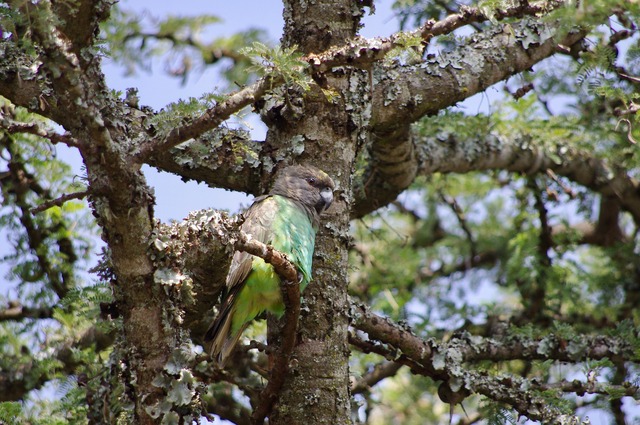
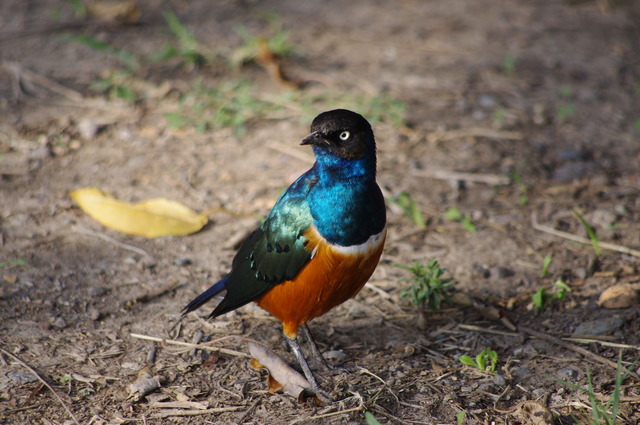
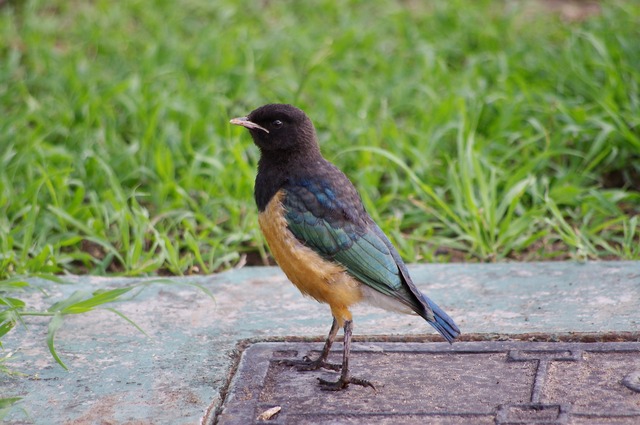
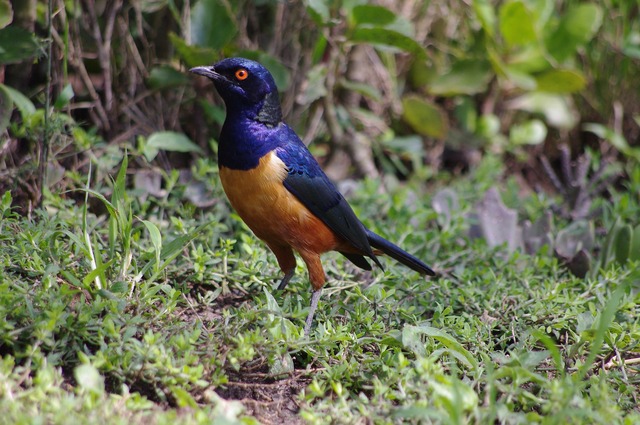
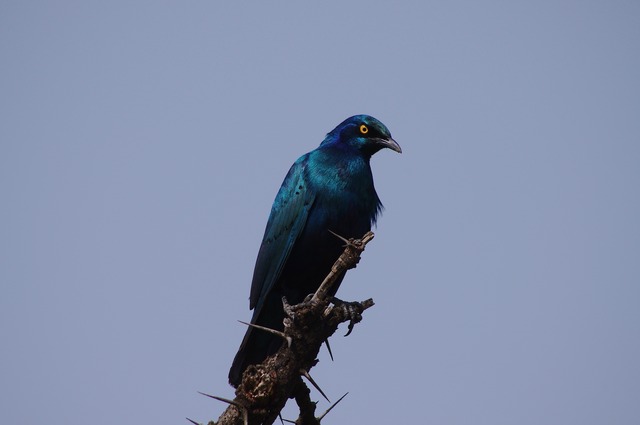
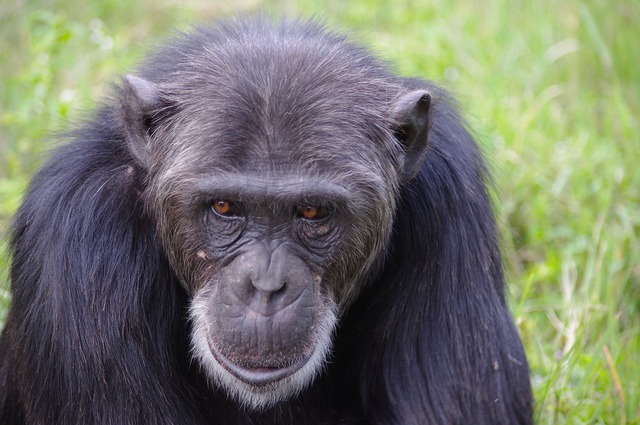
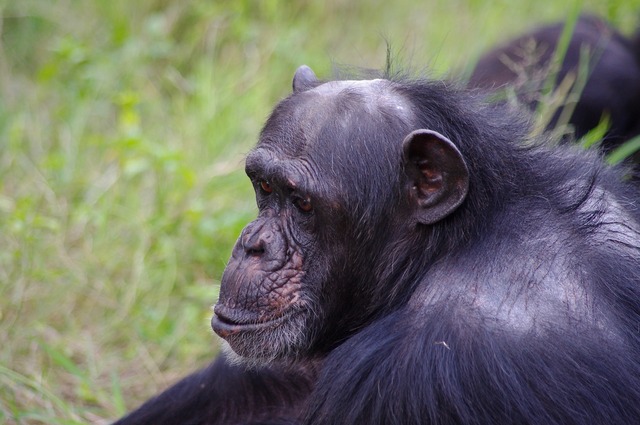
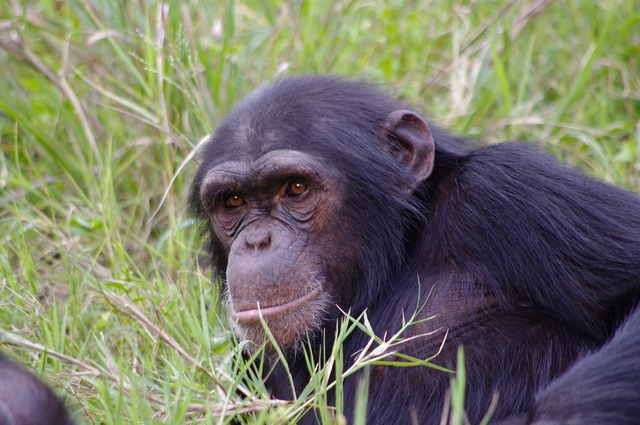
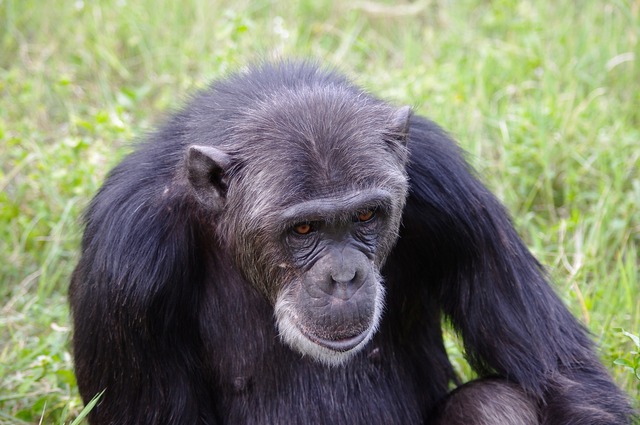
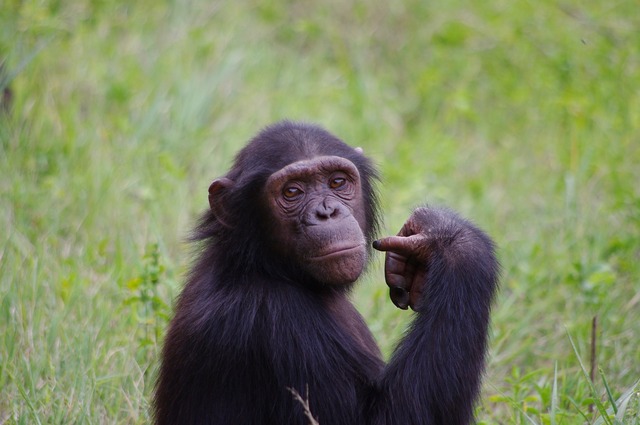
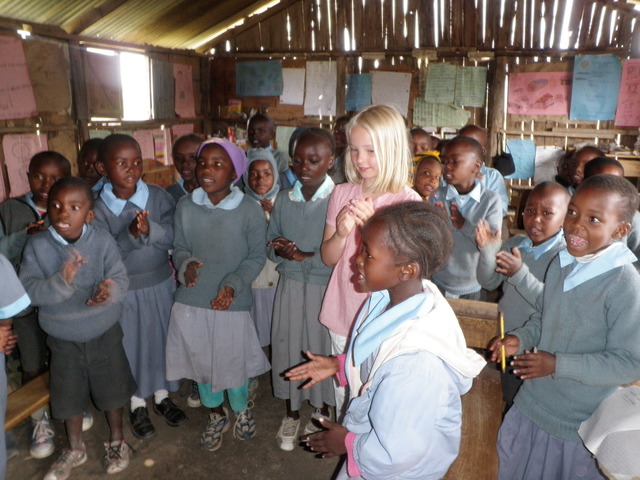
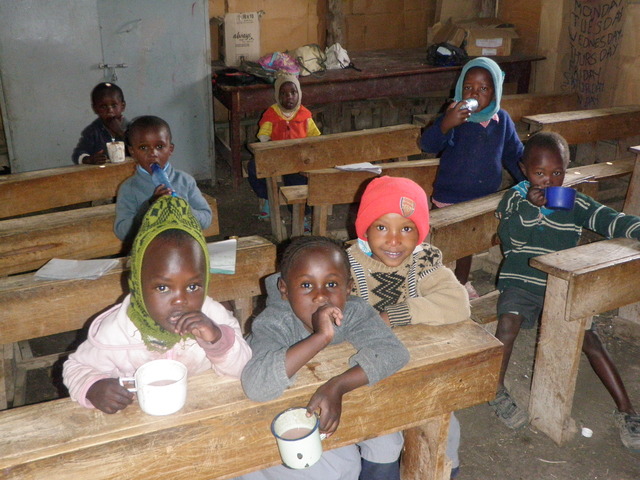
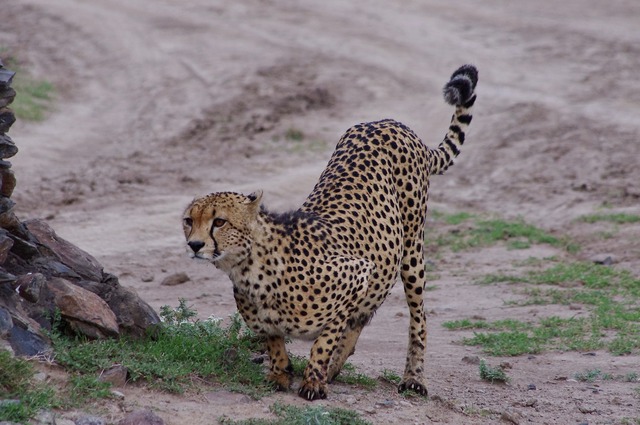


/MA